My Bush transistor and the kaleidoscope of the 1971 war. By Brigadier Ajit Apte (Retd)
“There is a parcel for you Ajit,” called out our Quarter Master Maj MV Menon, just after the Operational Briefing by our Commanding Officer (CO), Lt Col RP Sahasrabudhe on Friday 3rd December 1971.This briefing was on a Sand Model in our Logistics base under a huge banyan tree, which we had named as the Clive Tree. It was believed that the tree was planted by Sir Robert Clive after the Battle of Plassey in 1757. Capt Jai Sapatnekar was well versed about plants and trees, so we accepted what he said.
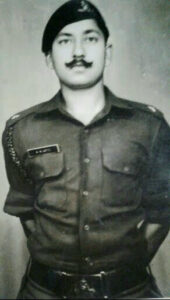
The briefing by the CO was crisp and concise. He explained to us the entire design and concept of battle in East Pakistan, and also the tasks involved.
We had been deployed since September 27; initially my battery (bty) of six guns, and then the entire regiment (regt) of 18 guns (all 25 Pounder) since October on the border, at Bagdah. I had been engaging targets (tgt) across the border which would figure subsequently during the war, once it started.
On October 15 the entire regt built up on my bty at Merani, from where we moved ahead to Salak into a regt gun area. The monsoons had been heavy and harsh, making it tough to move the guns in the slush; they had to be manhandled by the gunners. We were firing for 350 Infantry Brigade, with whom we were In Direct Support to.
We were part of 9 Infantry (Inf) Division (Div), of the newly raised 2 Corps. Our Div had 32 Inf Bde (13 Dogras, 8 Madras & 7 Punjab Mechanised battalion) and 42 Inf Bde (14 Punjab Nabha Akal, 19 Maratha LI & 2 Sikh LI battalion). Our bde had 1st Jak Rifles, 26 Madras and 4 Sikh. The build up of forces was done well.
To initially support the Mukti Bahini(MB), we had moved closer to the International Border (IB). In November 1971, we had fought the Battles of Maslia, Garibpur (the turning point, our first comprehensive victory), the air battle over Boyra, and the Battle of Burinda on the night of November 28, by 1st Jak Rifles, which had been a disaster resulting in heavy casualties.
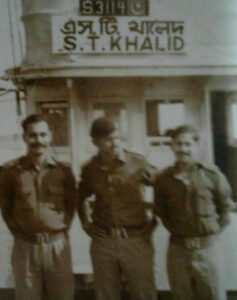
We had done lot of firing and a response from the enemy was long overdue. I got it in good measure twice from their arty with a few shells falling 50m in front of me or behind me within our gun area itself. Luckily there were no casualties. Enemy air was active till the 22nd November, but after our Gnats had shot down the Sabres, enemy air activity was well minimised.
Till November 30 we had been part of Operation Jackpot, codename for Mukti Bahini Operations. We had provided arty fire for the Garibpur battle, and I had also been at priority call specially for the Squadron of 45 Cavalry in the entwined battle of Garibpur. We had also witnessed the famous air battle and dogfight over our gun areas. We were already deployed across the international border.
Salary in the trenches
On 1st December Capt Jay Sapatnekar the Adjutant surprised us Gun Position Officers (GPOs), by saying that the salary for the troops had arrived from the Field Cashier (our Army banker, who would beat any sophisticated corporate banker and excel in the field), thanks to the State Bank of India (SBI) rising to the occasion by delivering the money (three months advance of pay, kind courtesy the Defence Minister & the PM). Money order forms were brought by the bank on the border for troops to fill those and send money to their families.
These were clear battle indicators, the ‘balloon was being primed to go up’ – in Armed Forces parlance that’s how it is referred to. Twice I had dived into a trench, amidst enemy guns firing on us. Pay was distributed by me in the lying down position and the men collected the pay also in the same position. All GPOs had done it that weird way.
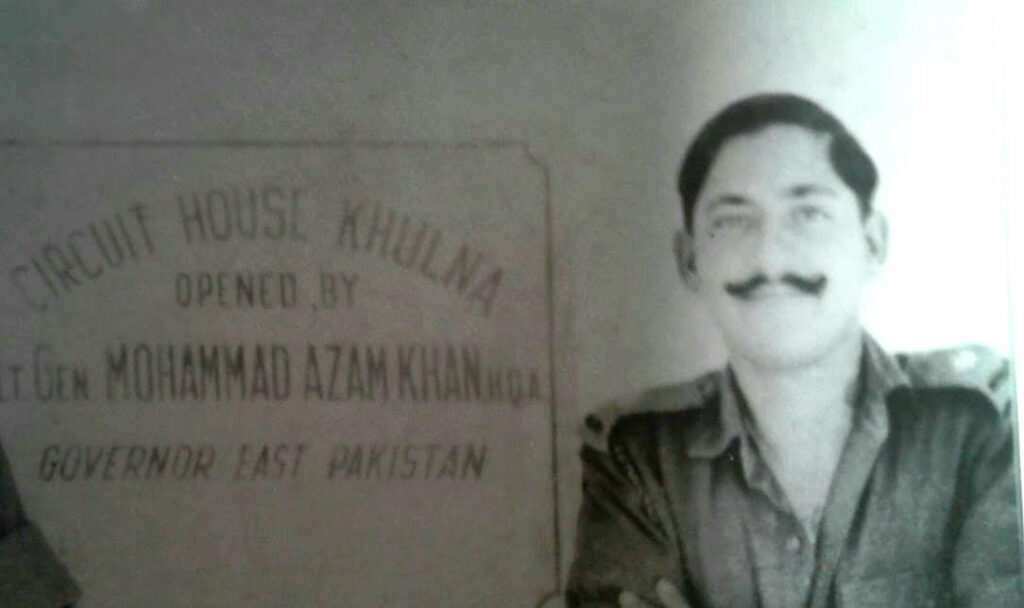
On December 2 the Director General Artillery Maj Gen KD Vasishth visited my regt, and I had to brief him, when he visited my bty. “Is he confident to be the GPO in war?” he asked. My CO said he had full confidence in me. The DG Arty smiled, tapped me on the shoulder and wished us all Good Shooting. Be ready for counter bombardment (CB) he said. His words were prophetic, because no sooner had he left our area, than the regt came under heavy enemy arty fire. However they were off target by some 100 yds and we were lucky that no shells fell on us, though some landed in our logistics area but not much damage was caused. Being at the target end is not a comfortable idea.
After lunch in the Field Officers Mess, the COs briefing over, I collected my parcel, which was a thick brown envelope. There appeared to be a box inside and I wondered what it was. I was a bachelor and letters were only from my parents and some friends. So what was this, I wondered. I took it and returned to my gun area without opening the packet. The atmosphere was a little gloomy. Capt Suresh Sharma, my bty Observation Post (OP) officer, had been wounded and evacuated. There were casualties in the Battle of Burinda on November 29 in our regt and the inf bn also.
The parcel from home
My Command Post (CP) Technical Assistant Swaran Singh was eager to open my parcel thinking there were some sweets. I allowed him to do that. “Sahab yeh toh transistor hai,” he jumped in joy. It was packed in a box with Sharmila Tagore’s picture on top. She was perhaps modelling for the transistor. Swaran Singh peeped deeper into the thick envelope. There was a card from my parents wishing me in advance for my birthday on December 18 but since they didn’t know how long it would take to reach me they had sent it much earlier. Thanks to our Army and Field Post Office Service it reached me well in advance.
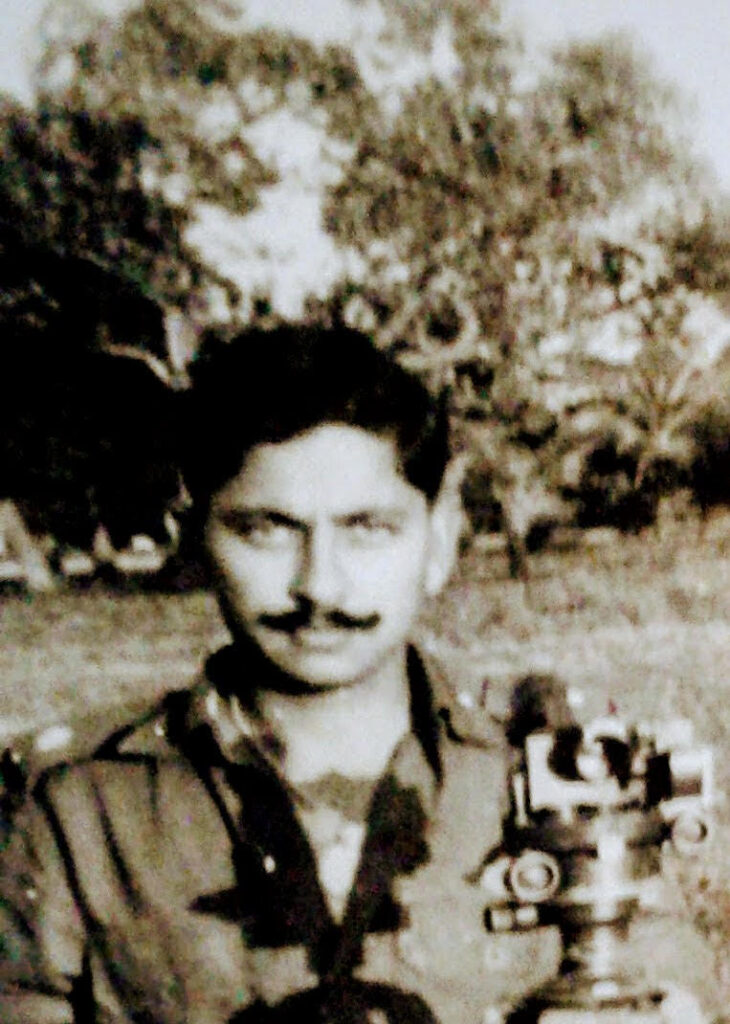
While I was giving fire orders to the guns at about 5.45 pm I suddenly heard the All India Radio (AIR) signature tune ringing out. While I was controlling the fire of the guns my Havildar (Sergeant) Nanak Chand had fitted batteries in the transistor and was tuning in to some station. There was a spluttering sound and then the station was crisp and clear.
Barun Haldar and Surjit Sen, renowned AIR announcers, inaugurated my transistor by saying that the Pakistan Air force (PAF) had struck along the Western Front by bombing nearly ten airfields including Agra.
The Indian Air force (IAF) was already retaliating, they said. “Stand by for further news,” said Lotika Ratnam in her clear voice. PM Indira Gandhi was in Calcutta on December 3 and even the Defence Minister was not in the Capital. The PM had addressed a rally in Calcutta and was sitting with Governor of West Bengal Mr Dias and his wife. At 1800h on 3rd December Gen (later Field Marshal) Sam Manekshaw, the Army Chief, called Maj Gen Jacob Chief of Staff, Eastern Command and informed him of the PAF strikes on the Western Front, and that the PM was to be informed in Government House.
The message was given to the PM, and she soon returned to Delhi. I then informed the Adjutant Capt Sapatnekar about the news of the PAF air strikes on the western front. ‘Stand To’ was soon ordered and all guns were ready to fire again.
AIR news only focused on PAF air strikes and our response. Heavy firing now commenced and the sound of gunfire was resonating across the entire battle front. We waited, because the PM was to address the nation in a little while.
The PM’s speech
A minute, either side of midnight, on the night of December 3/4, Prime Minister Indira Gandhi addressed the nation and in her broadcast she said, “I speak to you at a moment of great peril to our country and our people. Some hours ago soon after 5.30 pm on December 3, Pakistan launched a full-scale war against us. Today a war in Bangladesh has become a war on India. I have no doubt that by the united will of the people, the wanton and unprovoked aggression of Pakistan should be decisively and finally repelled. Aggression must be met and the people of India will meet it with fortitude, determination, discipline and utmost unity.”
The balloon had finally gone up officially now. India was formally at Wwar with Pakistan and we were part of the drama that would unfold. There was just a momentary tinge of ‘the fear of the unknown’. The wait was over, and exactly within a fortnight, the Indian Armed Forces would race to Dacca and Khulna as victors. A solemn tribute to those who made the Supreme Sacrifice in the line of Duty for the Nation. They had been our Comrades in Arms, but never returned. They stayed back and became Liveth for Evermore. We shall never ever forget them.
With war now declared our tasks were well defined and our bdes got into action. Jessore was held by a bde of the Pakistan 9 Infantry Division. It was a coincidence that against the enemy 9 Infantry Division our own Indian Army 9 Infantry Division was pitted. On 6th December afternoon my bty was in direct support to 1st Jak Rifles battalion. They had crossed the Kabadak river west of Jhingergacha in their assault boats. Since our engineers were in the process of constructing the bridge, I managed to get a pair of rafts to move one troop of my guns to cross the river and deploy ahead for supporting the bn.
We approached Jessore from the south west and soon the remainder artillery built up, as we leap-frogged ahead to target Jessore.
“Quick Action!” shouted the Adjutant Capt Jay Sapatnekar at about midday on the 10th of December 1971, in the Jessore-Khulna sector. My battery was leading the advance of the regt, and it was being ensured that the btys of different regts were leap-frogging to ensure continuous fire support for the inf and armour. The enemy 107 Inf bde was holding on to Jessore; our dash to Khulna came to a grinding halt.
Our advance to Jessore met with heavy opposition and the number of guns deployed on the ground were inadequate to provide the heavy support. Thus Quick Action was ordered which meant deviating from the normal standard procedures for deployment of guns. Since the ground in the nearest areas was soggy we resorted to manhandling the 25 Pdr guns to their gun platforms astride the main road. This was to prevent the Field Artillery Tractors (FATs), the gun-towing vehicles, from getting bogged down.
Civilian hands to help
There was a village in the vicinity and the local Bangladeshis, erstwhile East Pakistanis, gathered to see the spectacle of our deployment. This crowded the narrow road. The civilians seeing the guns being manhandled joined our gunners and assisted us to speed up the process.
Soon the guns were put into action and started firing, to the great happiness of the locals standing nearby.
Our 25 Pdr guns then had only 32 rounds in each gun trailer and another 32 rounds in each of their gun towing vehicles.
The requirement of the gunfire support was so tremendous (we were firing in the highest charge that is Charge 3 or Super for more range to hit targets in depth, and at intense rate), that we were running short of ammunition. We hailed out for the gun towers, the FATs, to send the ammunition which were some distance away. But those vehicles were strung on the narrow road with no possibility of moving ahead closer to our gun areas. The road was on a higher embankment and our guns had been deployed below the road in low paddy harvested areas. This was a crisis situation. Our Dogra gunners had no knowledge of Bengali but somehow they could communicate our predicament to the locals who promptly took the initiative and helped in carrying our ammunition boxes to the guns. A few villagers also brought cycle rickshaws and weaved their way through to get the ammunition boxes to the gun areas. Our guns were firing nonstop and the breech of the gun was hungry to be loaded and fired immediately. Instead of Hand to Mouth it became Hand to Breech.
Just a little later when the vehicular traffic on the road got readjusted, it was a welcome sight to see the FAC of our 350 Inf Bde Flt Lt Savur, (later Air Marshal) come to my gun position. He was of great help, when he voluntarily gave his own vehicles to ferry ammunition for us from the Mobile Ammunition Point (MAP) across the road about 500m away. That accelerated the ammunition movement and we fired onto and beyond Jessore. This enabled my bty to fire for an OP Officer Capt Kulkarni of another field regiment after the capture of Jessore when they were counter-attacked by the enemy.
Capt Kulkarni’s guns were on the move, but the other guns of the Artillery Brigade on ground as available continued the fire support as required.
A hero falls
I was very upset to hear the sad news of my cousin Flt Lt Pradip Apte a Fighter Pilot who was on an HF 24 Fighter, and was shot down, and Killed in Action over Dhoronaro on the western front on 4th December. Pradip was very dear to me, and he left behind his young newly-wedded wife. That upset me very much. He was rightly awarded a Vir Chakra for his conspicuous gallantry in the line of duty for the nation.
Jessore an important town, would be captured on the night of December 6/7, thus enabling our PM to recognise Bangladesh as a new nation. The world would soon follow suit.
I was fortunate to enter Jessore at about 3am on December 7in a captured fire tender vehicle of the Pakistan Army. It was a memorable drive with my Battery Commander Maj Sudhir Misra and Capt Harwant Singh, to reconnoitre gun areas for the subsequent tasks.
We would then swing down south-east-wards and race to Daulatpur, Siramani and Khulna, and capture it on December 17. The enemy did give stubborn resistance outside Khulna, but we finally broke their last-ditch stand.
‘The war is over’
On the night of December 16/17, 1971, I had the great experience of taking my bty of six guns, at 3am through a minefield, which had just been breached by our engineers. Soon after I had deployed the guns and opened fire, we got the welcome news that the war was over.
Commander of Pakistan 107 Inf Bde finally realised that there was no possibility of any evacuation of his brigade with any external assistance, especially by the US fleet which was much speculated then. Finally the forces in Khulna decided to an unconditional surrender.
Capt Sharma and Capt Sood from our regiment were wounded in battle and had to be evacuated. Capt Nakanna was Killed in Action (KIA) in the final battle at Siramani just before the surrender by the Pakistani troops. We had some casualties (KIA and wounded) amongst our troops from our regiment also. Our tribute to them for their supreme sacrifice in the line of duty for the nation.
Our Battery Commanders Majors Misra, Kuldip Singh, Narayanan, the Forward Observation Officers Capts Khara, Malik, Prem Sood, Suresh Sharma, Gabriel Pereira, Nakanna, and officers at the guns, Major Krishna, the Second in Command,Capts Sapatnekar, Harwant Singh, Chaturvedi, Robin Das, Quarter Master Maj Menon, with us the Subalterns (Gun Position Officers), Gabriel Pereira, Arora, Riza and myself played a vital role in our efforts in the victory that we achieved. Our Commanding Officer Lt Col RP Sahasrabudhe led us like a Tiger.
Dacca the Capital would surrender a day earlier on December 16. We would capture 93000 PWs and not just become liberators but would change the geography of the subcontinent and rewrite history. The surrender ceremony would be unique in its own way.
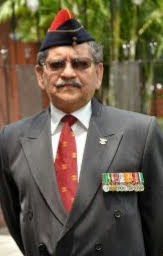
I would meet Pakistani soldiers who would be dejected and humiliated. They would attribute their defeat to the large gap between their officers and their Other Ranks or soldiers. They blamed it on lack of good leadership. The Indian Army had proved their mettle in Leadership at all levels and dedication of our troops.
While all this would unfold my new transistor had opened its innings very well. After the PMs declaration of war speech ‘Emergency’ was declared in the country. The Nation and its citizens rose to the occasion, and National Pride was stamped on the face of all Indians.
The drama would unfold subsequently, but at that moment on December 3, in my bunker Command Post, while the guns were firing on my orders, I just kept looking at the picture of the beautiful model on my Bush Baton transistor, that had opened its innings with me, giving the news of the start of the 1971 War, and our race to victory.
From my Trove of nostalgic memories – Brig Ajit Apte (Retd)



